Tag: webinars
Sustainable Communities: Accelerating Sustainable Practices Across Your Community
Communities across the world are committing to sustainable practices. Here in the US, cities large and small are pledging to reduce their emissions, to fulfill the terms of the Paris Climate Accord, and to achieve 100% clean energy.
As we showcased in the first installment of our Sustainable Communities webinar series, communities large and small across the Midwest are doing great work around sustainability. A challenge is expanding and accelerating that work by involving everyone and delivering change at scale.
It’s Time for Culture Change

Achieving aggressive sustainability goals requires more than a strategy; sustainability leaders need to facilitate a culture change so that sustainable practices are part of a new normal.
Making Cool Choices in Northeast Wisconsin
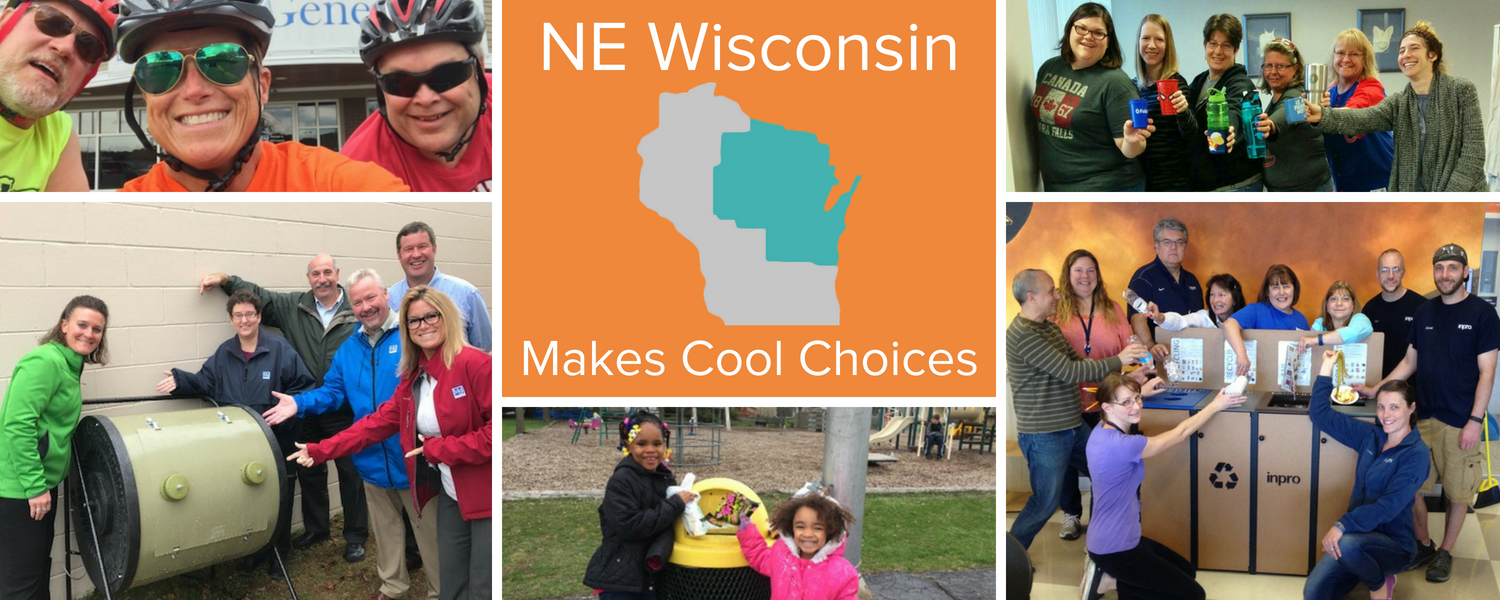
Some ideas are so good that they merit replication.
Last year Cool Choices did a community-scale sustainability program in Waukesha County, in partnership with the county’s workforce development team and local chambers of commerce. Sustainability leaders in the Fox Valley heard about the program and reached out to ask if we could replicate the program in their region.
Sustainable Communities: Inspiring Local Changes to Address Global Challenges
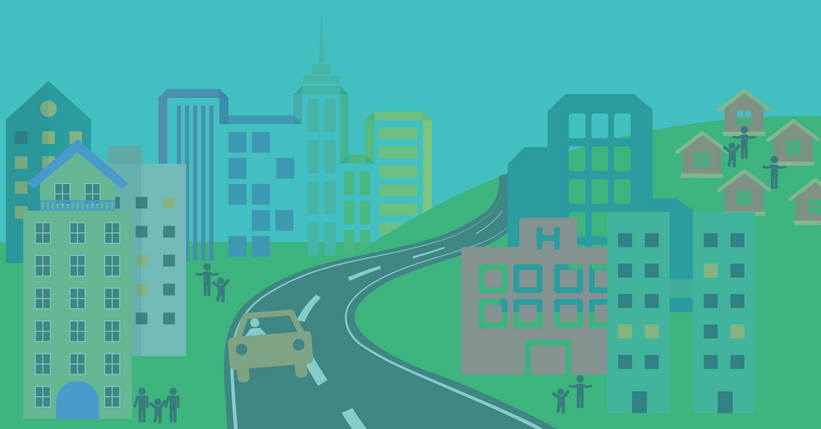
Communities across the U.S. and around the world are making big commitments to clean energy and environmental sustainability more broadly. According to a 2018 report from the CDP, more than 100 cities get most of their electricity from renewable energy sources—up from just 42 in 2015. Plus, a growing number of communities ranging from London, England to Norman, Oklahoma and Eau Claire, Wisconsin are making commitments to clean energy and carbon neutrality.
Behavioral Insights on Increasing Electric Vehicle Usage
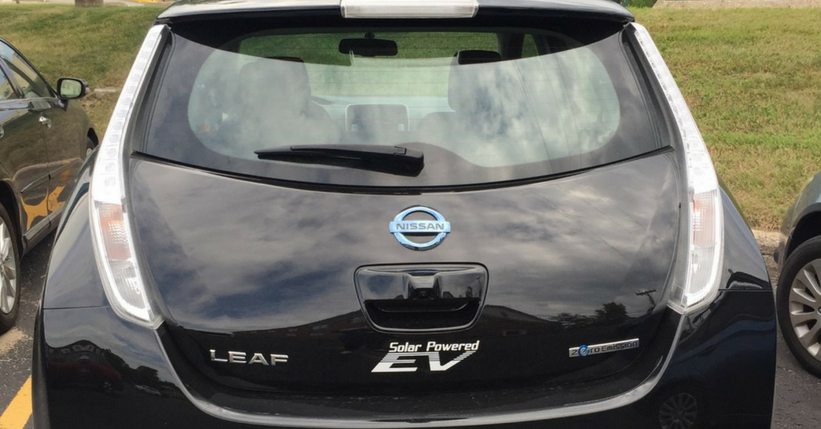
Globally we’re in the midst of an exciting transition to electric vehicles and there are signs of the change everywhere you look with cities, states and utilities all helping to promote this transition.
Inspired to Keep Standing Up for Sustainability
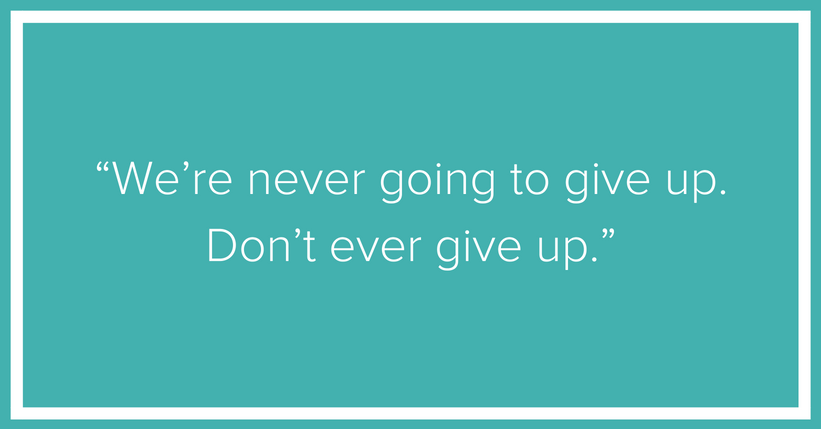
Advocating for sustainability is difficult work. Sometimes it feels a little hopeless—we see the headlines about shrinking glaciers and rising temperatures alongside stories about short-sighted politicians. Or our efforts to implement a new sustainability practice lack traction and we feel that nobody else cares about these issues. Frustrated and discouraged, we might start to ask ourselves if our efforts are in vain, if it’s even possible to make change happen.
Immediate Savings Plus Insightful Data: Making Cool Choices
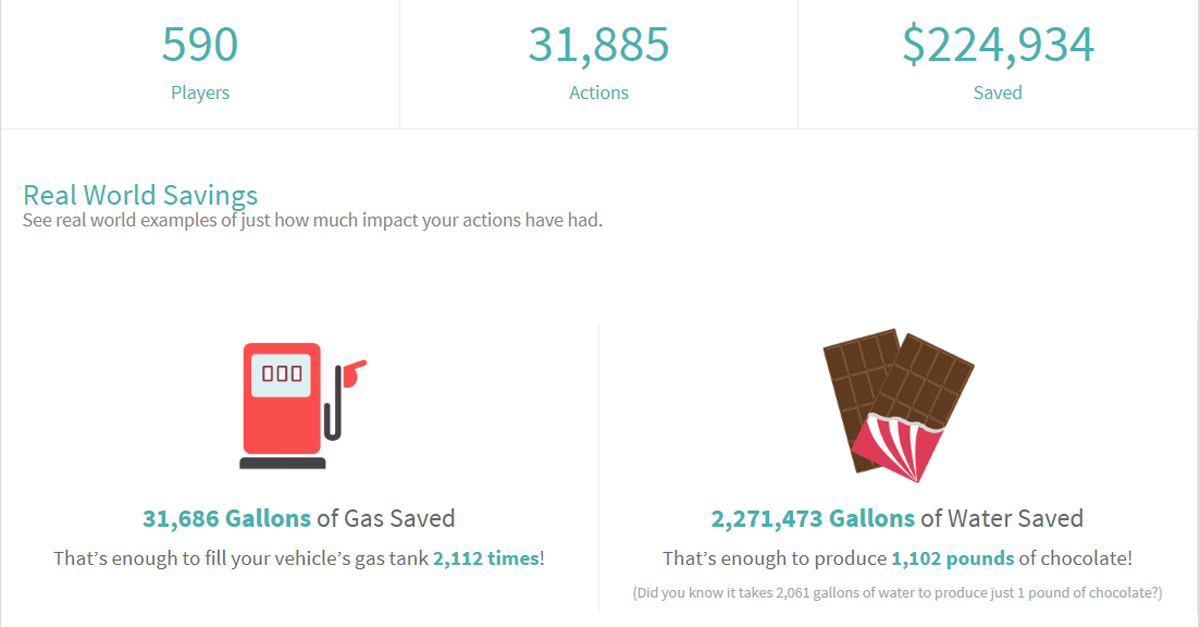
When Cool Choices implements a sustainability engagement program, we inspire participants to adopt new practices at work and home, we get people talking about sustainability, and we show people how their actions matter. In addition, we provide our partners—the corporate sustainability director or the community green team—with data and insights that can help these leaders build on the momentum we’ve created together during the program.
More Than Home Energy Reports: Behavior and Energy Efficiency
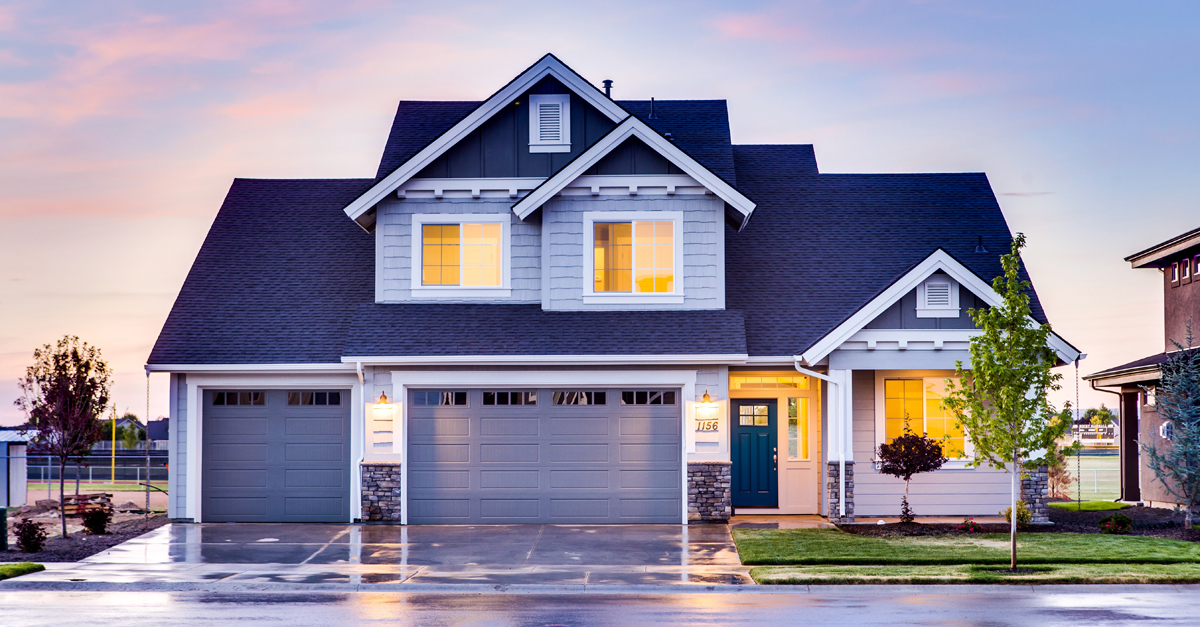
Wondering how you can influence behavior to reduce energy usage among businesses as well as residents?
Over the last decade, energy efficiency programs—faced with aggressive goals and fewer easy wins relative to technology—began seeking to change participant behaviors, especially at the household level. One strategy—home energy reports—dominated the program design. Home energy reports feature a model where participants receive feedback on how their energy usage compares to other homes—leveraging social norms. There is now plenty of research proving that households will reduce their energy usage if they learn that their consumption is higher than other peer households.
However, one of the challenges with the home energy report model, is that while we know that households reduce their usage, we don’t know how they reduced their usage, or for how long those reductions will persist.




